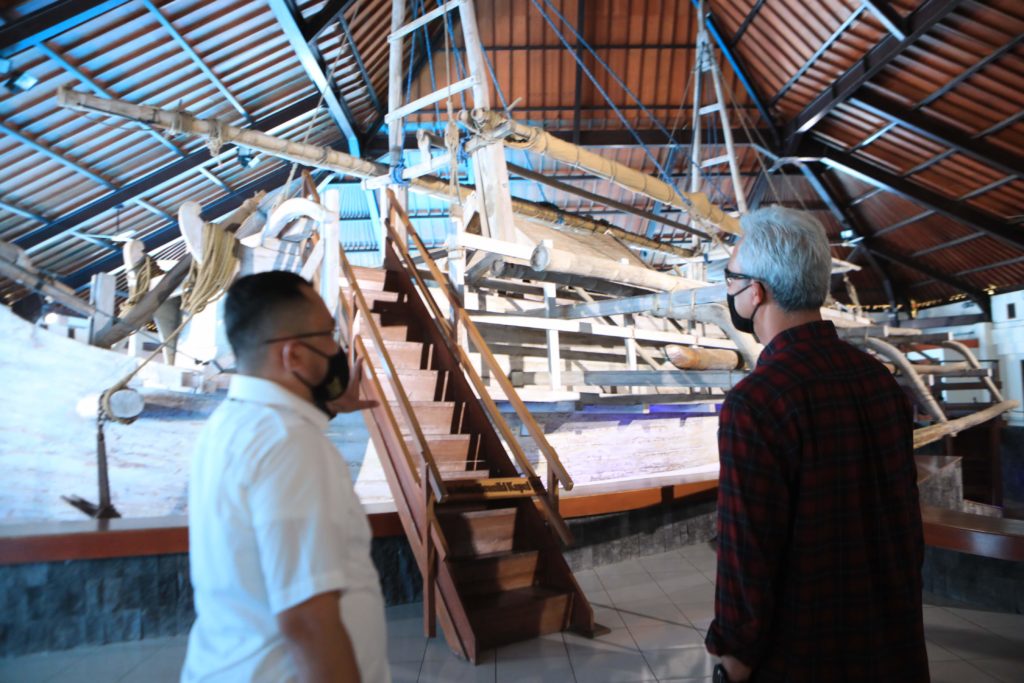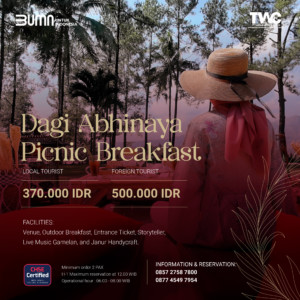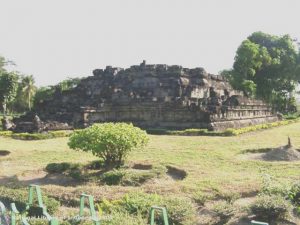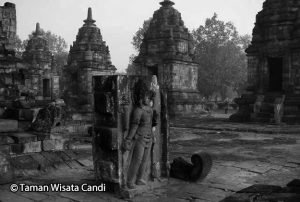What is Samudra Raksa Ship Museum?
The Samudra Raksa Ship Museum is a maritime history of the archipelago museum which is located in the complex area of the Borobudur Temple Park and was inaugurated by the Coordinating Minister for People’s Welfare of Indonesia, Prof. Dr. Alwi Shihab on August 31, 2005. This is a creative and innovative development effort with a mission to educate the nation through visualizing the maritime history of the archipelago. It contains the Samudra Raksa Ship, a collection of historical objects, and video documentation of the Samudra Raksa expedition. In August 2018, the Samudra Raksa Ship Museum added a new attraction, namely the Adventure of Raka Interactive Cinema, which uses digital technology in the form of three-dimensional animation played on a LED screen.

Samudra Raksa Ship
The Samudra Raksa ship, placed in the museum, is a replica of the ship that is chiseled in Borobudur Temple’s reliefs, namely the Jataka-Avadana relief panel of 86 which shows a picture of a ship that has been equipped with a sail and an outrigger to balance the ship as well as to block the waves. The name “Samudra Raksa” was given by the President of the Republic of Indonesia, Megawati Soekarnoputri, in 2003 which means “Guardian of the Ocean.”
The ship-building was initiated by a former British Royal Navy soldier, Phillip Beale who visited Borobudur Temple in 1982. During his visit, he found a ship-shaped relief and intended to reconstruct it. In 2002, in collaboration with the Indonesian government, especially the Ministry of Culture and Tourism, a team was formed to build this ship. Assisted by Nick Burningham, an archaeologist from Australia, and As’ad Abdullah, the shipbuilder of Samudra Raksa originating from Kangean Island, East Java, the Samudra Raksa Ship was successfully built.

The shipbuilding process took approximately six months. After the ship was completed, the first trial voyage was carried out from Tanjung Benoa Bali through Surabaya to the Marina Ancol. The results of the trials stated that the Samudra Raksa Ship was qualified for sailing on the ocean. On August 15, 2003, the Samudra Raksa Ship made an expedition (tracing) of the cinnamon trade route from Ancol, Jakarta to the Port of Tema, Accra, Ghana, West Africa. It took approximately 6 months, until 23 February 2004. This expedition was released directly by Mrs. Megawati Sukarnoputri. Samudra Raksa ship conducted an expedition with the spice trade route in the 8th century with the name Cinnamon Route.
The Samudra Raksa Ship Expedition was headed by a Marine Captain (P) of the Indonesian Navy I Gusti Putu Ngurah Sedana with a crew of 27 people from various countries. Because the vessel has a capacity of only 16 people, the crew board alternately at each transit point.
Interactive Cinema: The Adventure of Raka
In June 2018, museum visitors can witness a new attraction that contains education and entertainment that tells the history of the maritime archipelago starting from the VIII century to the present. Maritime history in this museum is packed in the form of an interactive cinema in the form of digital technology with a 115-meter long floor and LED screen. This attraction is effective in introducing the maritime history of the archipelago to the wider community, especially families because it is made using attractive and interactive animation. In this cinema, there is also a fictional character named Raka who will invite visitors to cross space and time to see the maritime journey of the archipelago.
Instagram @samudraraksa
Information about Ticket


